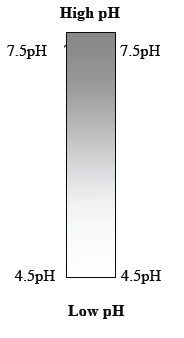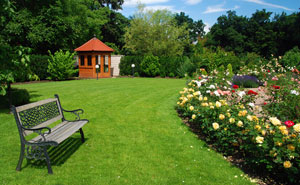Soil PH
The level of acidity or alkalinity is reported as the soil pH. A pH of 7.0 is neutral. A value lower than 7.0 is acidic. A value higher than 7.0 is alkaline Adaptation to soil pH differs among species. Optimal pH for cool season turf and warm season turf usually ranges from 5.5 to 6.5.
PH Adaptation
Cool Season Turf
- Kentucky Bluegrass
- Perennial Ryegrass
- Creeping Bentgrass
- Colonial Bentgrass
- Fine Fescue
- Tall Fescue

Warm Season Turf
- Bahiagrass
- St. Augustinegrass
- Zoysiagrass
- Bermudagrass
- Centipedegrass
- Carpetgrass

Did You Know
Solu-Cal, a calcitic lime, is four times more effective than regular lime. If a superintendent is told to use a ton of lime per acre, he can do the same thing with 500 pounds of Solu-Cal. There are labor savings, storage savings, fewer empty bags to fool with, fewer refills.
Why Calcium?
The Forgotten Nutrient
Calcium in the Soil:
- Primary nutrient in maintaining proper soil pH
- Improves soil texture
- Reduces soil compaction
- Creates better environment for the proliferation of beneficial bacteria
- Possible links to weed suppression
Calcium in the Plant:
- Vital constituent of cell walls within the plant
- Strong cell walls significantly reduce disease and insect pressures and outbreaks
- Enhances cell tissue strength for greater resistance to heat and traffic stress
- Increases the availability of N-P-K and other vital micro nutrients
- Used more by weight and volume than any other nutrient
Why Sulfur?
- Sulfur is needed by plants in relatively large amounts
- Aids in the formulation of chlorophyll
- Aids in the fixation of nitrogen by micro organisms
- Sulfur is vital in plant metabolism

